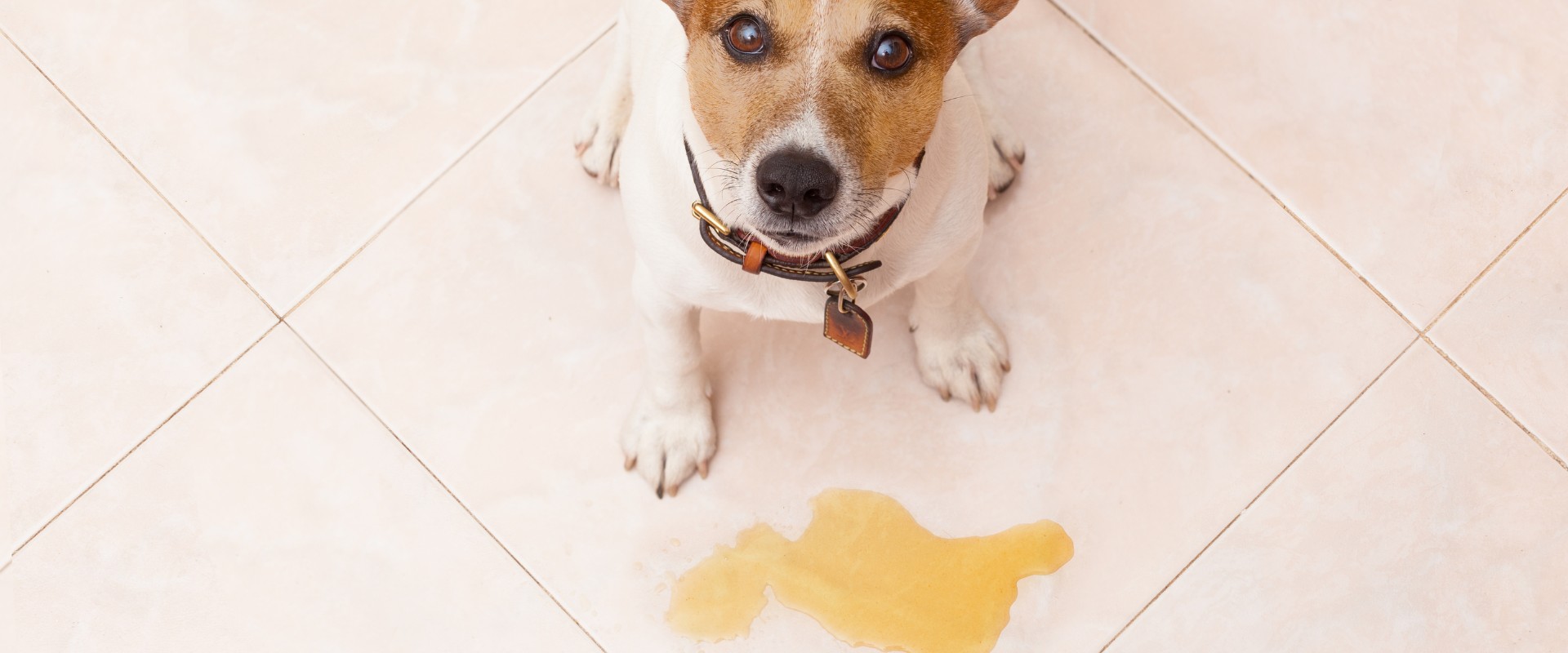Training your dog to come when called, known as recall, is a vital skill that ensures their safety and gives you peace of mind during outdoor activities. Even though it sounds simple, recall can be a complex command for dogs, especially with distractions. Below we outline the essential steps for recall training, discuss common challenges you might encounter, and offer professional tips to make the process smoother and more effective.
Step-by-Step Recall Training
✤ Starting Simple – Begin training in a quiet, distraction-free area like your home or a fenced yard.
✤ Command Consistency – Use a distinct, consistent command, such as “come” or “here.” Always use your dog’s name before the command to catch their attention.
✤ Engagement and Reward – Call your dog’s name followed by the recall command in an upbeat tone. When they look up or show interest, encourage them with hand gestures if needed.
✤ Immediate Positive Reinforcement –The moment your dog makes a move toward you, reward with treats or praise immediately. This timing reinforces their right choice.
✤ Increasing Distance Gradually – Slowly start increasing the distance between you and your dog, continuing to praise them each time they come to you.
✤ Training Under Distractions – Move on to areas with more distractions, patiently repeating the process and rewarding successful recalls.
✤ Positive Associations Only – Never reprimand your dog if they don’t come immediately. Instead, maintain a positive tone to ensure they don’t associate the command with negativity.
✤ Daily Practice – Consistent, daily training sessions will solidify the behavior. Keep sessions short and fun to avoid boredom or frustration.
Common Challenges in Recall Training
- Distraction Dominance: High-stimulation environments can overpower your dog’s attention.
- Selective Listening: Your dog may ignore the call if engaged in something more interesting.
- Reward Timing: Late rewards can confuse the dog about which behavior you’re reinforcing.
- Treat Dependency: Finding the right balance between food motivation and other forms of praise.
- Inconsistent Response: Other animals or people might distract your dog from your command.
- Training Time: Busy schedules can interfere with regular training, which is crucial for consistency.
Professional Tips for Enhanced Training
✻ Seek personalized consultation from professional dog trainers who can tailor advice to your dog’s needs.
✻ Use a long-line leash to practice recall safely when transitioning to off-leash scenarios in open areas.
✻ Start with high-value treats and gradually move to intermittent rewards integrating more praise and less food.
✻ Introduce clicker training as a form of positive reinforcement, clearly marking the desired action with a click.
✻ Establish an “emergency recall” command that differs from the normal recall command, used in urgent situations.
✻ Participate in dog training classes or groups for socialization and to practice recall amidst distractions.
✻ Utilize technology, like dog training apps or online tutorials, which offer visual and interactive guides for recall training.
Conclusion
Recall training doesn’t just provide convenience—it’s a critical component of responsible dog ownership. Though challenges may arise, with patience, consistency, and the right methods, your furry friend will be bounding back to you in no time. Keep practice sessions enjoyable and rewarding, and remember that every dog moves at their own pace. With these steps and tips, you can look forward to stress-free walks and a well-behaved pooch that knows when to come back to their best friend—you!



